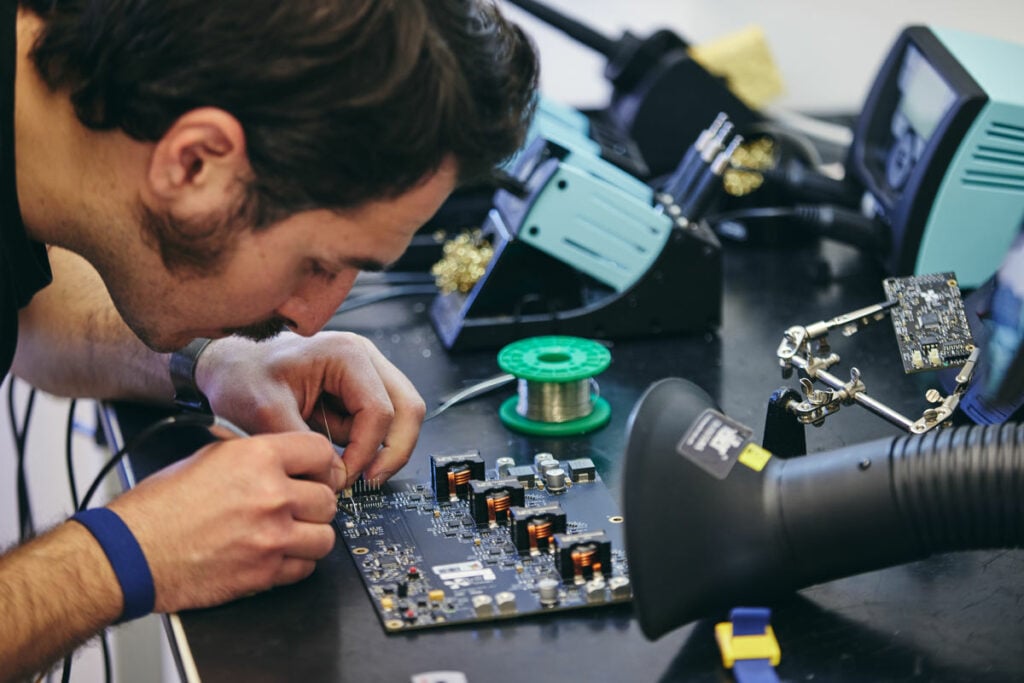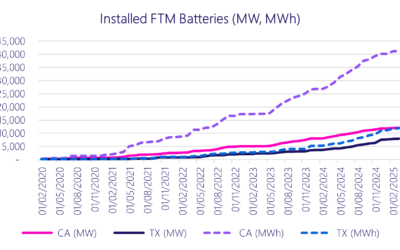
The Institute of Electrical and Electronics Engineers (IEEE) has published information and recommendations for battery management systems (BMS) in stationary energy storage applications.
The US-headquartered standards organisation approved 2686-2024 IEEE Recommended Practice for Battery Management Systems in Stationary Energy Storage Applications on Friday (7 February).
Enjoy 12 months of exclusive analysis
- Regular insight and analysis of the industry’s biggest developments
- In-depth interviews with the industry’s leading figures
- Annual digital subscription to the PV Tech Power journal
- Discounts on Solar Media’s portfolio of events, in-person and virtual
The document provides information on the design, configuration and interoperability of BMS equipment, classifying the BMS—which is a combination of software and hardware components—as a ‘functionally distinct component’ of a battery energy storage system (BESS).
It includes recommendations on configuring a BMS to protect various battery types when used in different applications. Technologies such as peripheral devices for battery management and subsystems, balancing methods used in battery management, BMS sensors and their placement, hardware and software architectures and the functions of battery management are covered.
Put together by IEEE’s Energy Storage & Stationary Battery Committee through a Working Group chaired by David Rosewater, a senior technical staff member at Sandia National Laboratories, the project was initiated in 2018 after its approval by the institute.
This came in recognition of the importance of battery management for the safety and longevity of batteries used in stationary applications.
Posting to LinkedIn, research engineer Rosewater said the recommended practice is a milestone document that “will have a large impact on how battery management systems are designed and configured from here into the future.”
BMS: The ‘brain of the battery’
In a 2021 article for our quarterly journal PV Tech Power (Vol.29), three authors from UK-headquartered BMS provider Brill Power wrote that the BMS “acts as the brain of the battery.”
“The most basic functionalities of the BMS are to make sure that battery cells remain balanced and safe, and important information, such as available energy, is passed on to the user or connected systems,” the Brill Power team wrote.
For instance, the BMS plays a critical role by balancing the hundreds or thousands of cells in a system, which have slightly different capacities and resistances. These differences increase over time and use as the cells degrade at different rates and regular balancing is needed to ensure their voltages do not “drift apart to an extent that the battery capacity becomes unusable.”
BMS technologies also help keep systems safe by keeping cells within safe operating limits of temperature, voltage and current, preventing cells from getting overcharged or put through other conditions that could cause faults.
They also provide state estimation on available energy and power through their monitoring of temperature, voltage and current, Brill Power’s Christoph Birkl, Damien Frost and Adrien Bizeray wrote in their article, ‘How to design a BMS, the brain of a battery storage system.’
The new IEEE recommended practice includes consideration of BESS in both grid-connected and off-grid environments. It offers specific recommendations for four battery types: lithium-ion, flow, sodium-βand alkaline zinc-manganese, along with general recommendations for other battery types.
It offers guidance on interoperability, such as minimum measurement accuracy and state-of-charge reporting standards, on communications such as error reporting, and cybersecurity, including software update management. The recommended practice can be found on the IEEE Standards Association (IEEE SA) site.
The IEEE SA develops standards across a broad range of industries which are adopted globally.






